Our Classes
Choose A Schedule & Join Our Classes Today —
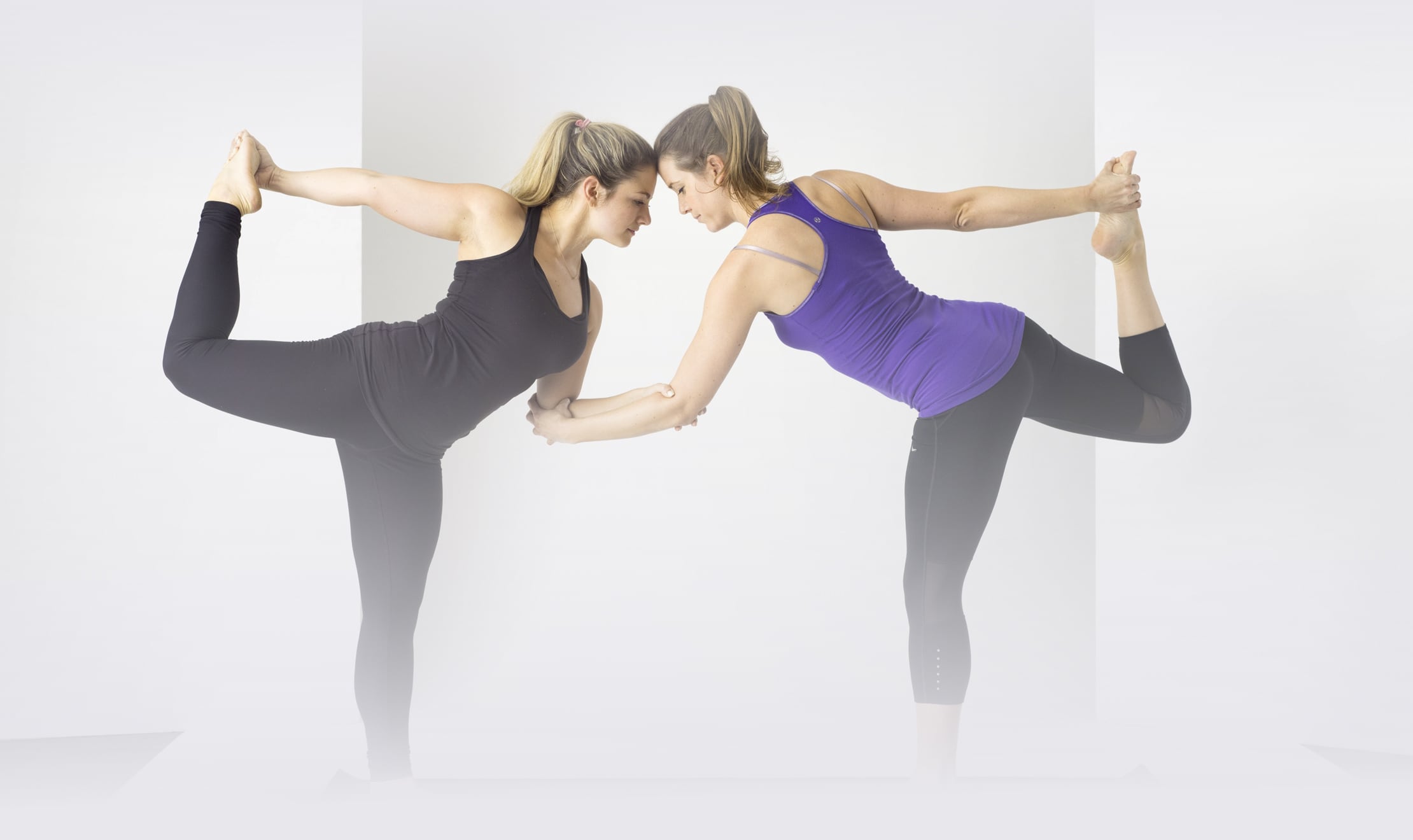
— These classes are active and sometimes challenging. Attention is on the breath and fluid movement through sequences that work on improving and building flexibility, strength, endurance and balance. If you are looking to move at an energetic pace, whether that’s sun salutations characteristic of an Ashtanga yoga or a Vinyasa Flow class, or vigorous arm kriyas in a Kundalini yoga class, these are the classes for you.
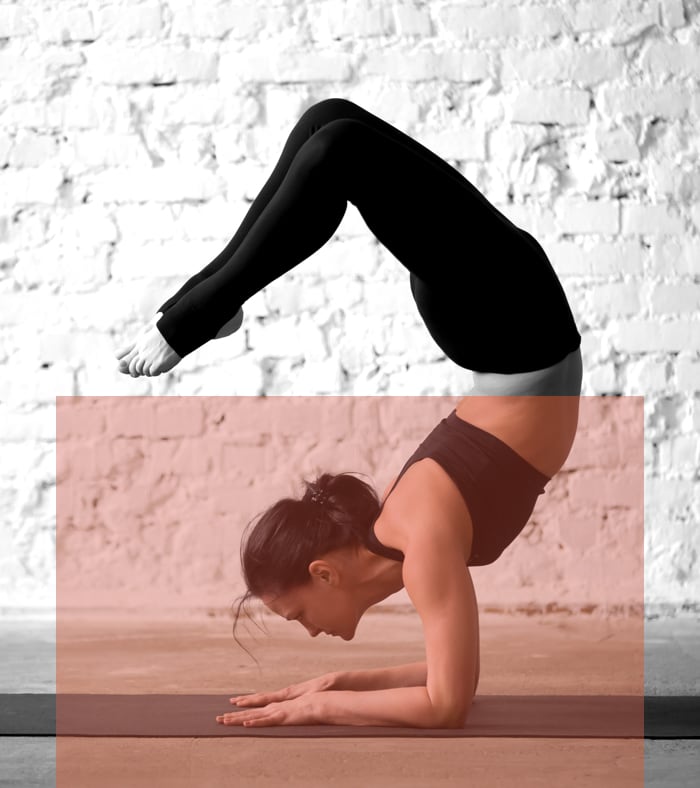
01
Hatha yoga
The Sanskrit term "hatha" is an umbrella term for all physical postures of yoga. In the West, hatha yoga simply refers to all the other styles of yoga (Ashtanga, Iyengar, etc.) that are grounded in a physical practice. However, there are other branches of yoga such as kriya, raja, and karma yoga that are separate from the physical-based yoga practice. The physical-based yoga is the most popular and has numerous styles.
02
Iyengar yoga
Iyengar yoga was founded by B.K.S. Iyengar and focuses on alignment as well as detailed and precise movements. In an Iyengar class, students perform a variety of postures while controlling the breath. Generally, poses are held for a long time while adjusting the minutiae of the pose. Iyengar relies heavily on props to help students perfect their form and go deeper into
poses in a safe manner. Although you won’t jump around, you will definitely get a workout and feel incredibly open and relaxed after an Iyengar class. This style is really great for people with injuries who need to work slowly and methodically.
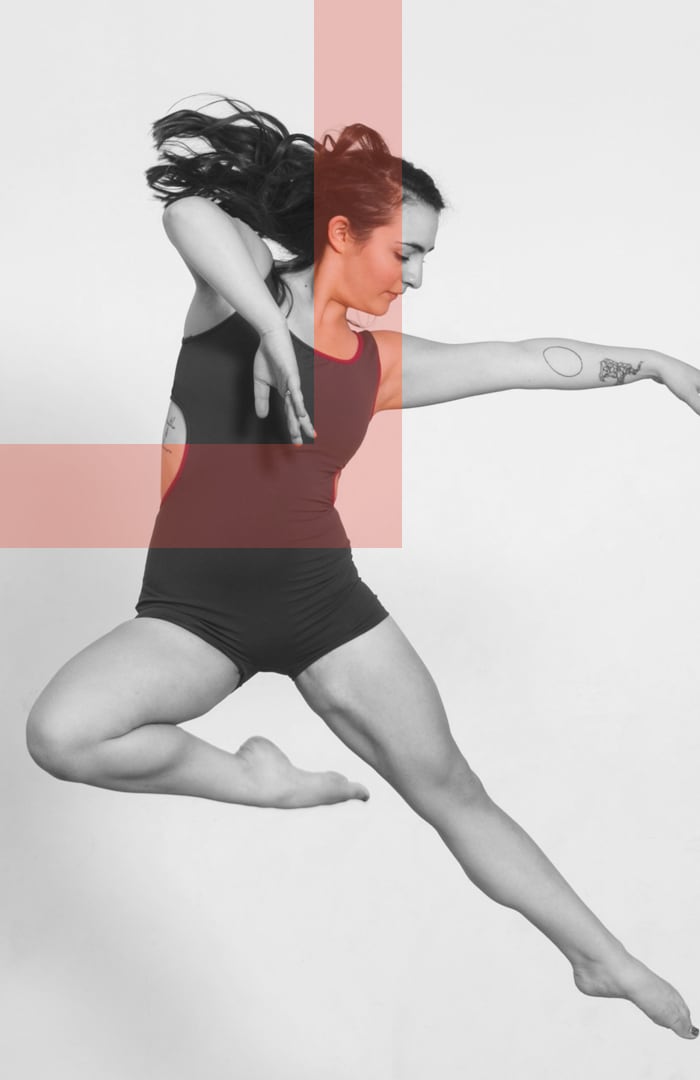
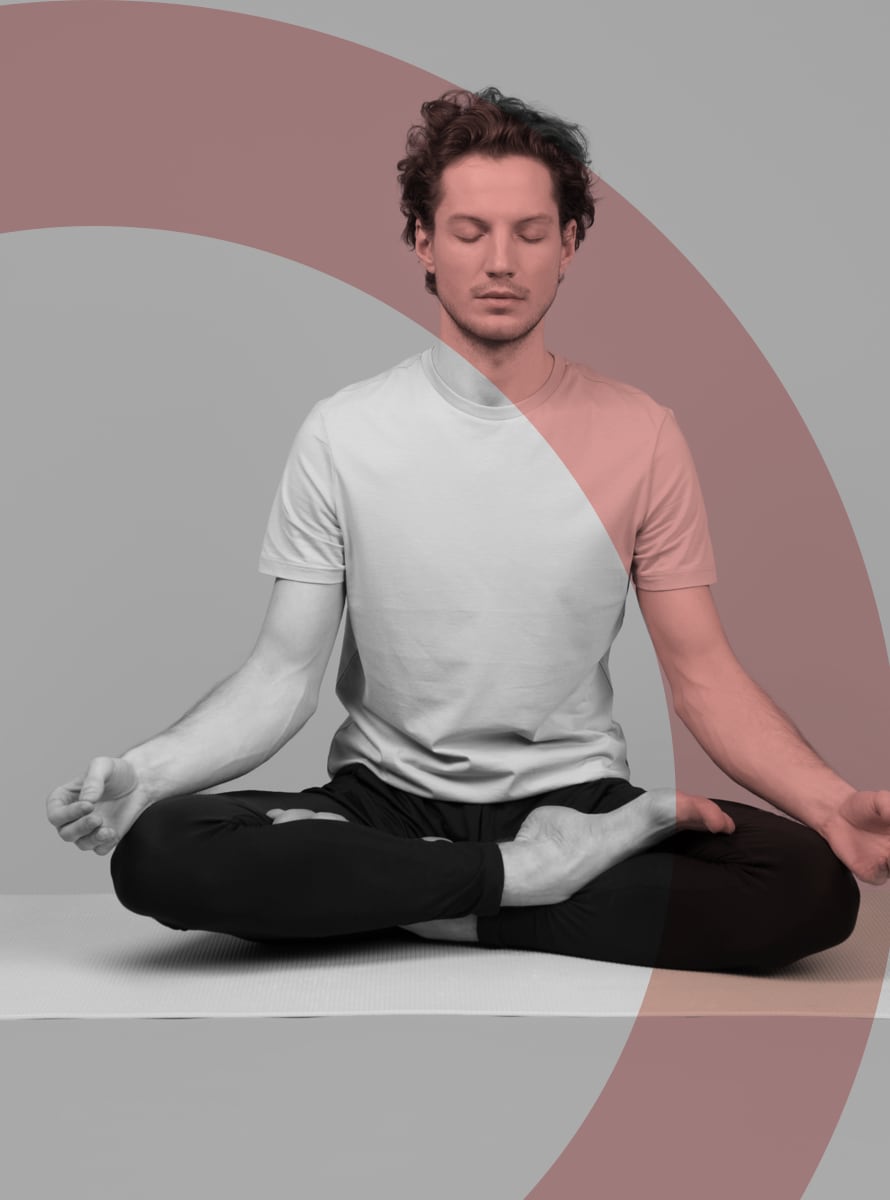
03
Kundalini yoga
Kundalini yoga practice is equal parts spiritual and physical. This style is all about releasing the kundalini energy in your body said to be trapped, or coiled, in the lower spine. These classes really work your core and breathing with fast-moving, invigorating postures and breath exercises. These classes are pretty intense and can involve chanting, mantra, and meditation.
An uplifting blend of spiritual and physical practices, Kundalini Yoga incorporates movement, dynamic breathing techniques, meditation, and the chanting of mantras, such as Sat Nam, meaning truth is my identity. The goal is to build physical vitality and increase consciousness.
04
Ashtanga yoga
In Sanskrit Ashtanga is translated as "Eight Limb path." Ashtanga yoga involves a very physically demanding sequence of postures, so this style of yoga is definitely not for the beginner. It takes an experienced yogi to really love it.
Ashtanga starts with five sun salutation's and five sun salutation's and then moves into a series of standing and floor postures. In Mysore, India, people gather to practice this form of yoga together at their own pace—if you see Mysore-led Ashtanga, expected of you to know the series. Vinyasa yoga stems from Ashtanga as the flowing style linking breath to movement.
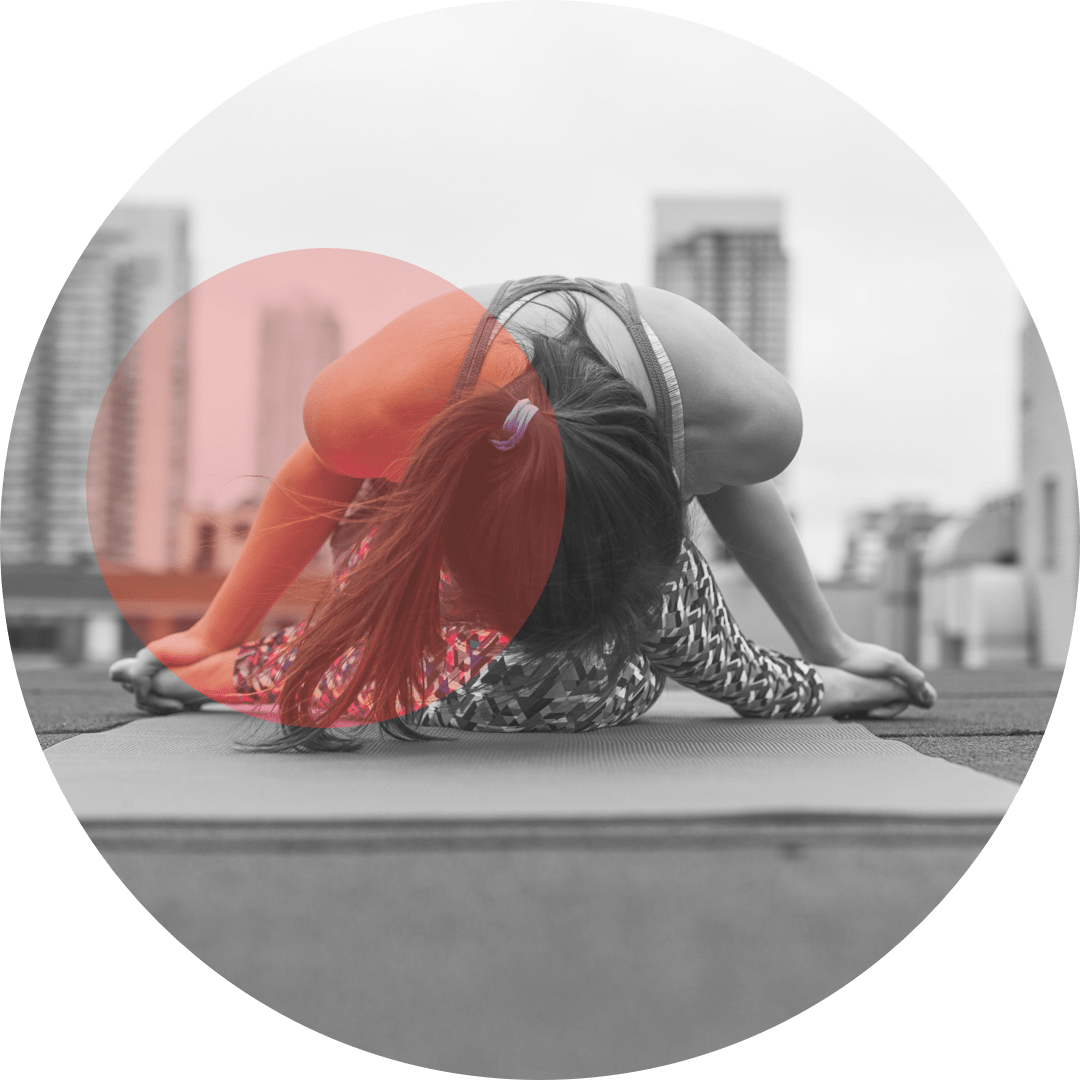
05
Vinyasa yoga
Vinyasa means "to place in a special way" and in this case yoga postures. Vinyasa is the most athletic yoga style. Vinyasa was adapted from Ashtanga yoga in the 1980s. In Vinyasa classes, the movement is coordinated with your breath and movement to flow from one pose to another. Many types of yoga can also be considered Vinyasa flows such as Ashtanga, power yoga, and prana.
Vinyasa styles can vary depending on the teacher, and there can be many different types of poses in different sequences. I personally teach an alignment-based style of vinyasa and choreograph new flows every time, but I also like to hold some of the poses a bit longer after warming up.
06
Jivamukti yoga
Jivamukti was founded in 1984 by Sharon Ganon and David Life. Jivamukti is mainly vinyasa flow-style classes infused with Hindu spiritual teachings. A series of chants usually open the beginning of class followed up by a series of poses that align with the five tenets of Jivamukti yoga and philosophy. At its core, this style emphasizes connection to Earth as a living being, so most Jivamukti devotees follow their vegetarian philosophy.
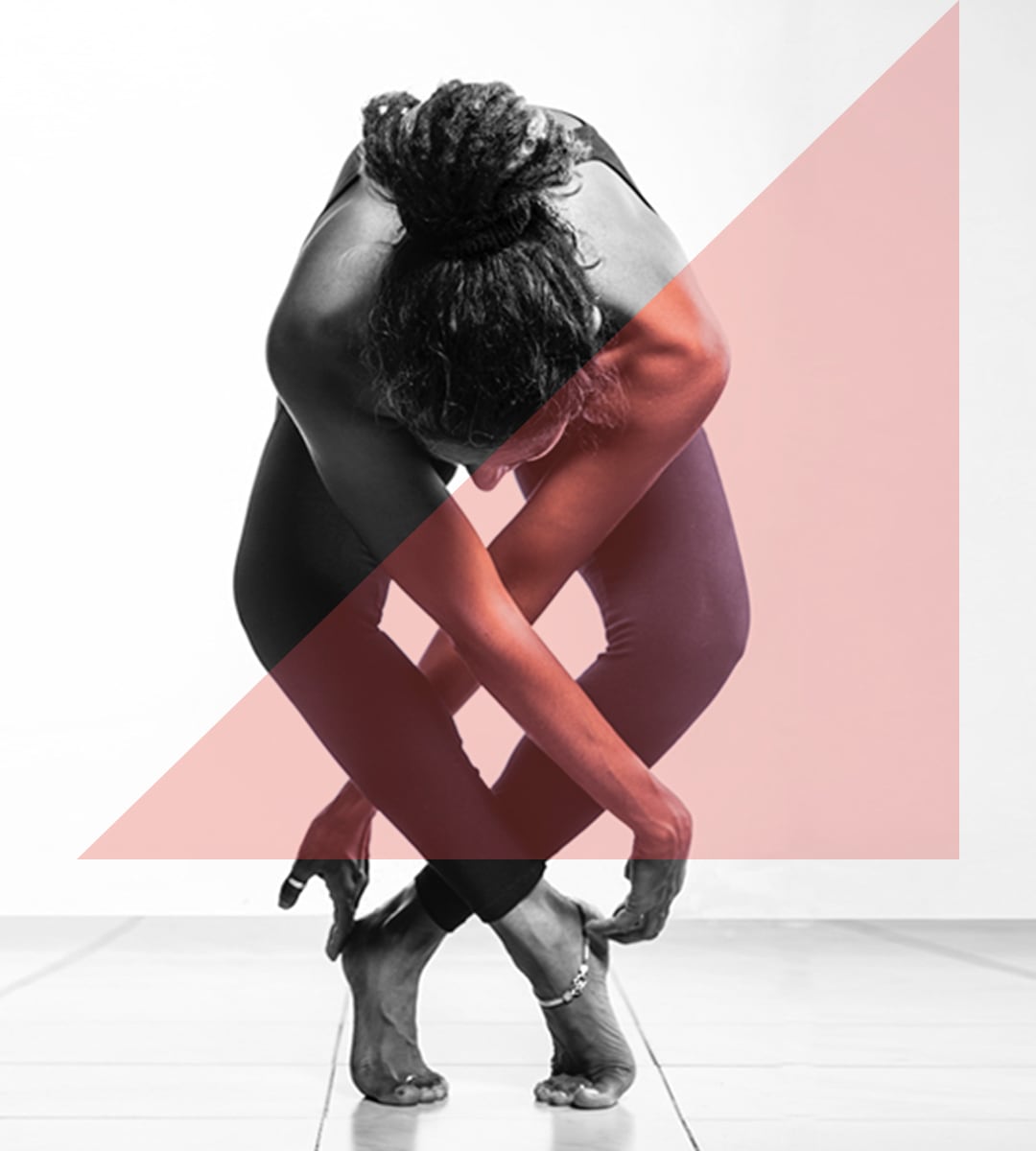
— Class Levels
What do the class levels mean?
Classes are divided into styles of yoga, but also levels. Check with your teacher before moving up a level and always inform your teacher if you are pregnant or have any injuries.
— Open level
Open to all levels from beginners to more experienced. The teacher adapts the class according to the students.
— Level 2
Works on deeper physical and psychological level. Introduces more sophisticated practices that may include more challenging postures (inversions, deeper backbends) as well as pranayama, mudra and meditation.
— Level 1
Open to complete beginners, those in the initial stages of yoga practice or those seeking a gentler asana practice. You will learn the fundamentals of yoga.
— Level 2-3
Teaches more difficult postures and breathing techniques. Assumes an understanding of the gross as well as subtle aspects of practice.
— Level 1-2
Builds on the foundational blocks that are established in a Level 1 class. A working knowledge of yoga principles is expected.
— Level 3
A challenging class for the experienced student who possesses deep awareness on both a physical and mental level. Definitely not for the faint-hearted.

